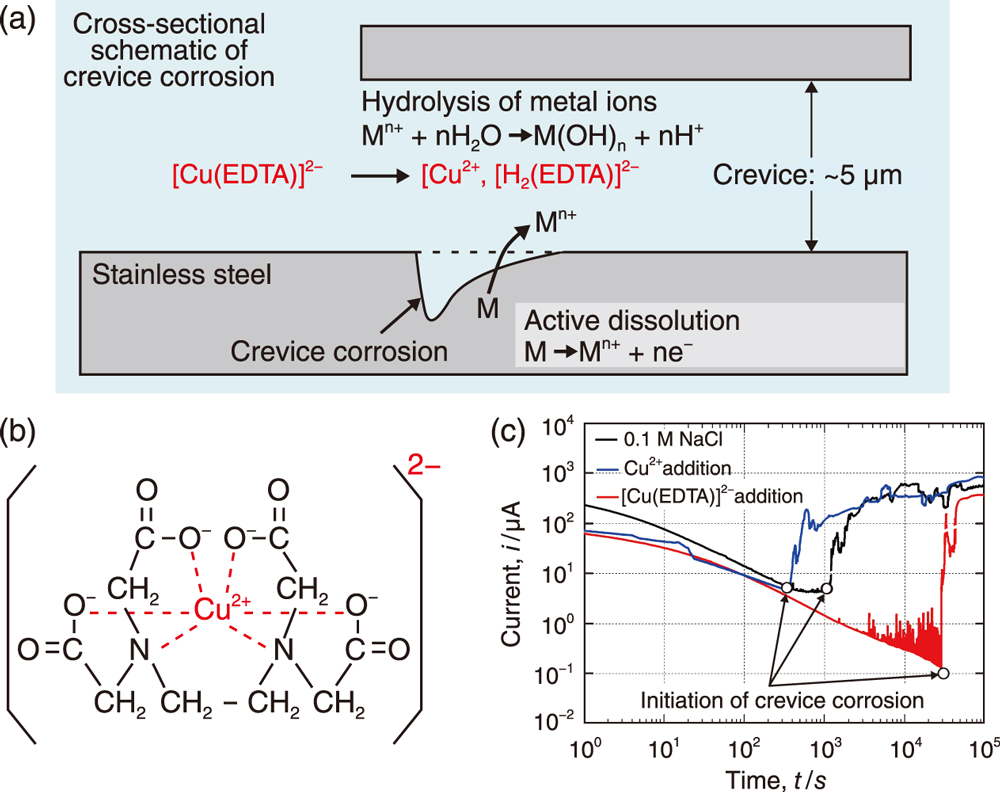
Fig.1 (a) Cross-sectional schematic of crevice corrosion, (b) structural formula of [Cu(EDTA)]2-, and (c) inhibition effect of crevice corrosion by [Cu(EDTA)]2-
During the incubation and propagation periods of crevice corrosion, the hydrolysis of dissolved metal ions from stainless steel generates H+, which reduces the pH inside the crevice. The pH reduction causes anion migration into the crevice to maintain electrical neutrality. The addition of corrosion-inhibiting anions outside the crevice is known to be effective in reducing crevice corrosion*1-2. Cu2+ cation forms a chelate complex with ethylenediaminetetraacetic acid (EDTA) and exists as the [Cu(EDTA)]2- anion in a neutral solution. The addition of [Cu(EDTA)]2- to NaCl solution suppresses crevice corrosion of Type 316L stainless steel. [Cu(EDTA)]2- is an anion that migrates into the crevice and separates into Cu2+ and [H2(EDTA)]2- in the low-pH environment inside the crevice, thereby inhibiting crevice corrosion.
Go back by your web browser, or click the right button.« Close